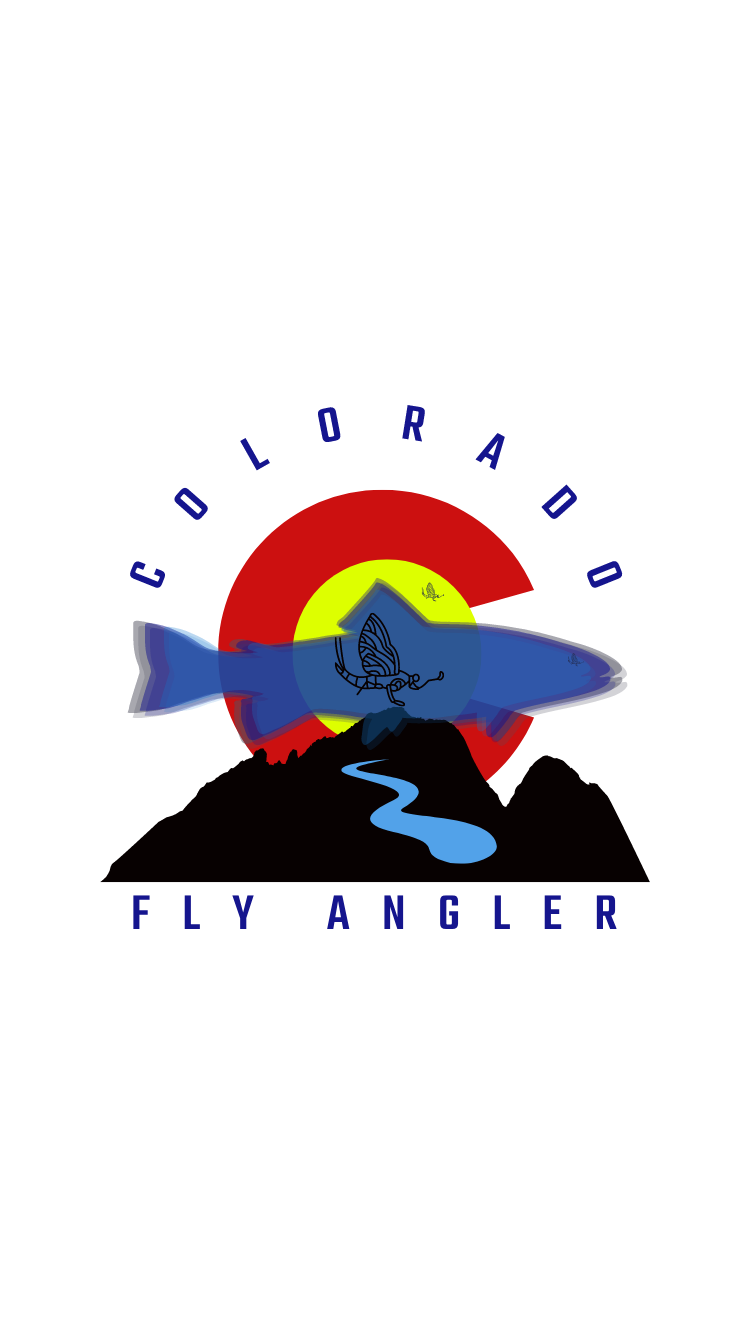Exploring the Fascinating World of Stoneflies: A Guide for Anglers
- Chris Hull

- May 11
- 4 min read
Updated: Jun 3
When it comes to fly fishing, understanding the aquatic environments where your targeted species thrive is crucial. Among the many fascinating creatures inhabiting rivers and streams, stoneflies play an essential role in the ecosystem. These insects not only support aquatic health, but they also serve as a critical food source for fish. For anglers, grasping the nuances of stoneflies can greatly enhance their fishing success. This post delves into the exciting world of stoneflies, exploring their types, life cycles, and the best fishing patterns to use.
The Importance of Stoneflies in Aquatic Ecosystems
Stoneflies belong to the order Plecoptera, primarily found in clean, oxygen-rich waters. With over 3,000 species worldwide, their diversity means different types can be discovered in various aquatic environments. Among the most notable types of stoneflies for anglers are the Little Yellow Sally, the Golden Stonefly, and the Salmonfly. Each of these species has distinct characteristics and hatching patterns that influence fishing strategies.
Note: Come winter, there is a Little Black Stonefly present in many rivers, and we will cover those as we get closer to fall.
Understanding the Life Cycle of Stoneflies
Understanding the life cycle of stoneflies is key to successful fly fishing. This process unfolds in four main stages: egg, nymph, adult, and emergence.
Egg Stage
The life cycle starts when adult female stoneflies lay their eggs in or near water. Depending on the species, the eggs are either dropped directly into streams or attached to nearby vegetation. Eggs typically hatch within a few weeks and are influenced by environmental factors like temperature and water quality.
Nymph Stage
After hatching, stonefly nymphs emerge and reside at the bottom of the riverbed. They feed on organic matter and algae. This nymph stage can last from one year to several years, depending on the species and habitat. Nymphs are crucial as they provide nourishment for fish in diverse river settings.
Adult Stage
Once fully developed, nymphs undergo metamorphosis and emerge as adults, climbing onto adjacent vegetation. This emergence often coincides with specific climatic conditions, making it an important time for both stoneflies and their predators, like trout. Stoneflies typically live for a few weeks in their adult form, during which they mate and lay eggs.
Emergence Phase
Emergence generally occurs in spring and early summer. This marks a significant period for anglers. During this time, stoneflies transition from nymphs to adults, leading to heightened activity among fish. Knowing the timing and nature of this emergence can greatly improve fishing outcomes. Most stoneflies hatch by crawling to the bank surface rather than swimming to the surface like most caddis or mayflies.
The Difference Between a Little Yellow Sally, Golden Stonefly, and Salmonfly
Each stonefly species has unique characteristics that impact angling strategies. Here’s a closer look at these fascinating insects, including when they hatch and their preferred habitats.
Little Yellow Sally
Hatches occur from late June through August, with a peak in July. They often inhabit riffles or runs with moderate currents.
Golden Stonefly
Hatching peaks typically fall between late June and early July. They thrive in larger rivers and streams with gravelly bottoms, providing a perfect habitat for their nymphs.
Salmonfly
The emergence usually takes place from late May to early July, often triggered by rising water temperatures. Salmonflies inhabit larger rivers with sturdy substrates ideal for their nymphs.
Notable Fishing Strategies for Each Species
Effective Patterns for Little Yellow Sally
Anglers should consider using small and lightly colored fly patterns, such as:
CFA Stimulated Sally
CFA Lightning Rider Sally (for dry patterns)
CFA Assassin Sally
CFA Suicide Sally (for subsurface)
These patterns effectively mimic the Little Yellow Sally during peak hatching times.
Targeting Salmonflies with Style
When looking to catch Salmonflies, anglers should opt for large flies like:
CFA 5MM Chubby Salmonfly
CFA Steamroller Salmonfly
These should be used during peak hatching times for a successful catch. On the river bottom, consider using a Jigged Pat's Rubber Legs or an Anemone Salmonfly.
Golden Stonefly Patterns
Golden Stoneflies require different approaches as they hatch from mid-June through early August. Effective fly patterns include:
CFA Golden Stonefly Chubby Chernobyl
CFA Golden Stonefly Stimulator (for fish looking up)
CFA Honeycomb Stonefly
CFA Sili-Stone (for bottom dwelling trout)
Notable Rivers for Stonefly Hatches in Colorado
Several rivers in Colorado are renowned for their rich stonefly hatches:
Gunnison River: Known for vibrant hatches drawing anglers and fish alike.
Colorado River: Offers a proficient hatch noticeable by the high volume of rafts in June.
Roaring Fork River: A prime habitat for salmonflies, particularly in its lower stretches.
The Thrill of Stonefly Fishing: Respect and Responsibility
The world of stoneflies is intricate and vital to the health of aquatic ecosystems. For anglers targeting the Little Yellow Sally, Golden Stonefly, or the majestic Salmonfly, understanding these insects can lead to enriching fly fishing experiences.
Armed with this knowledge, anglers can better prepare for their trips to rivers and streams. It ensures they use the right patterns at the right times. When venturing out, always respect the waterways that these remarkable creatures inhabit.
Happy Fishing and Adventure Awaits!
Make your next fishing trip memorable by incorporating stonefly strategies into your approach. As you venture into the waters, consider the delicate balance of the aquatic ecosystem. Your respect for these environments will enhance not only your fishing success but also preserve the incredible world of stoneflies for generations to come.
For additional gear options, check out our exclusive products like the CFA Little Chubby Sally and CFA Golden Stonefly Stimulator.
Remember, the right knowledge and equipment can turn an ordinary fishing day into an extraordinary adventure. Happy fishing!




Comments